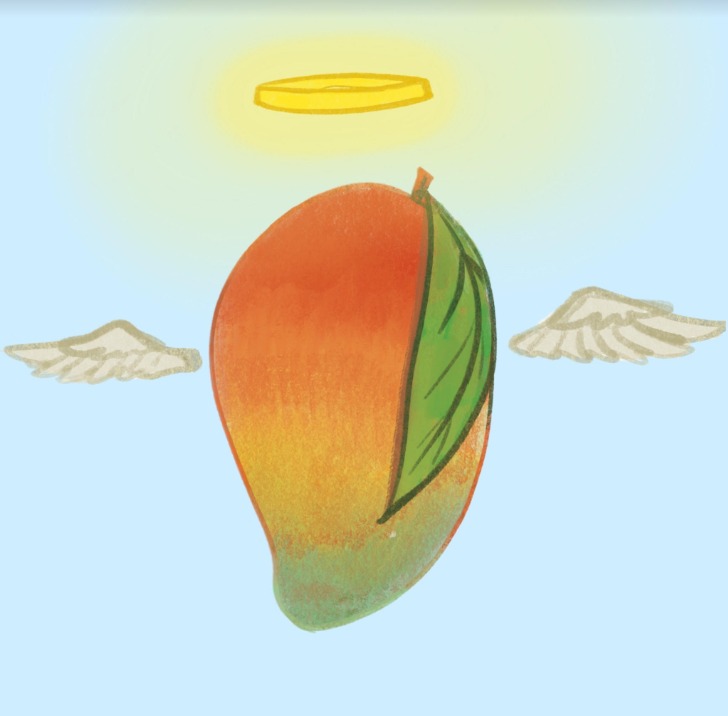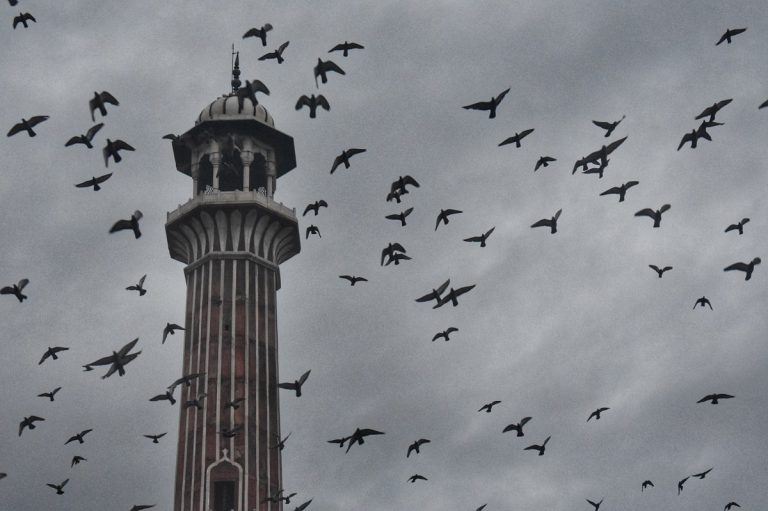Indian Mangoes- Owner’s Pride, Passerby’s Envy
Dr. Jayan Philip is a Contributing Writer at The ArmChair Journal. His career as an educator spans over three decades, encompassing roles both in India and abroad. His passion for knowledge dissemination extends beyond traditional teaching to include extensive experience as a quiz master. His two forthcoming books are The Indomitable Gandhi, The Indefatigable Gandhi and Quintessentially Quizzical. He believes that through an understanding of history, individuals can gain valuable insights into both the triumphs and tribulations of the past, thereby enhancing their ability to make informed decisions and cultivate critical thinking skills in the present day.
The two mango trees in my courtyard stand as silent witnesses to the forces of nature, gently swaying with the wind and delighting in the rainfall that graces Bangalore. Planted by my mother nearly 24 years ago, these trees have endured time. The saplings grew at a modest pace but have flourished and expanded vertically and horizontally over the years, spreading their branches and growing stronger with each passing day.
Today, most people in my neighbourhood might not remember our names, but they have affectionately dubbed my home “the Mango Treehouse.” The florist, the gardener, the laundry man, the fishmonger, and the water tanker which is a usual sight across Bangalore use and reach the mango tree house frequently and regularly. They all know the mango tree!
Mangoes are a delicacy in India, the world’s largest producer. Its names are strange (Ratanagiri, Badami, Sindhura, Amrapalli, Totapuri, Dasheri, Neelam, Bnaganapalli to name a few) but quite common not just in the markets but also in every home as the summer descends and their demand swells. Each of these has a specific texture and aroma giving it a celebrity status worldwide in the family of fruits. The taste is unforgettable as it holds sway over multitudes across the length and breadth of India.
Apart from the fact that the mango is revered, respected and admired for its distinctive flavour, the mango tree becomes a home for tiny birds, especially the sparrows. It builds, weaves and crafts its nests which stand out for their sophistication and architectural style as the twigs and leaves form integral components of their home which we call nests. As the branches of the mango tree become weaker with age and fall, the nest also goes down, ending the sparrow’s home which stands innocently.
Mangoes have a unique place in Indian history. Emperor Babar is credited with laying the foundations of the Mughal Empire after defeating Ibrahim Lodhi in the First Battle of Panipat in 1526. Economic exploitation and territorial expansions are two deeper repercussions of an empire on the rise or on the way to its decline over a while. Still, Babur was very particular in wanting to have mango orchards in his empire. We can feel his intense appreciation and admiration for the mango from his memoirs in the Babarnama.
“When the mango is good it’s really good, few are first-rate. They are usually plucked unripe and ripened in the house. Unripe, they make excellent condiments (qatiq) that are good, also to be preserved in syrup. In fact, the mango is the best fruit in Hindustan. It is eaten in two ways, one is to squeeze it to pulp, make a hole in it and suck out the juice. The other is to peel and eat it like kardi peach. Its tree is elegantly tall and has leaves resembling the peach trees but the trunk of the tree is ill-looking and ill-shaped.”
Babarnama
The mango tree which is a Kalpavriksha or a wish-fulfilling tree is portrayed or depicted in the Hindu, Buddhist and Jain scriptures. It is also mentioned in the early Vedic texts of ancient Bharat like Puranas and Upanishads. Its origins are in South Asia predominantly grown in the Indian subcontinent and is the national fruit of India, Pakistan and the Philippines.
The golden yellow fruit which is synonymous with Indian summers was a symbol of the wealth of the Indian princely states and an important tool of diplomacy. Colonization does have its positive effects despite the scars and deep fissures it can leave behind. As the colonizers bring in newer methods and specific expertise in cultivation and propagation they also take the seeds from the home country to the other colonized regions of the world. The Portuguese are a notable example. The Alphonso variety of mangoes which are a craze among the young and old gets its name from the Portuguese governor Alphonso de Albuquerque. Upon arriving in Kerala in 1498, they were fascinated by the fruit and later crafted many varieties, one of which was the Alphonso. The Portuguese later carried this to Brazil and later spread to other parts of the Latin World. The Persians planted mango seeds in western Asia and east Africa.
The mango leaves occupy a divine presence as it is closely associated with spirituality and fertility in the Hindu culture. The vibrant green leaves are believed to repel all negative forces and bring positive changes. In the daily form of worship in the temples and homes the mango leaves symbolize or represent the limbs of Gods and the coconut stands for the divine head.
Diplomacy is a refined art, where the interests of the country always take precedence, regardless of the situation or the consequences of decisions on events or individuals. In the corridors of diplomacy and the echelons of power, friendships are forged, alliances established, agreements signed, and compromises reached. The national interests take the centre stage and the focal point of both sides across the table in the same room. Diplomacy and mangoes share the same essence. Mangoes require a specific time and the right conditions to ripen, similarly, diplomacy requires foresight, strategic planning and delicate balancing to bring in rewards and successes in the present and futuristic sense of a nation and a region. In the corridors of power and the fruit orchards alike, success hinges on the art of ingenious cultivation and strategic nurturing. Surprisingly, the golden yellow fruit called mangoes come in here as tools of diplomacy.
There are few pieces of evidence and instances from the pages of the modern history of bilateral relations to prove that. In 2015, Nawaz Sharif the then Prime Minister of Pakistan had sent a box of mangoes to PM Narendra Modi. Chairman Mao used the mangoes which he had received as a gift from the Foreign Minister of Pakistan in 1968 as a major propaganda tool. PM of China Zhou Enlai presented PM Jawaharlal Nehru with a pair of spotted deer, red crescented cranes and 100 goldfish in 1954. India reciprocated by presenting China a mango sapling which was virtually unknown across the Himalayas in China.
The next time you have a mango shake or ice cream with mango flavour, it’s the mango tree which is yielding the mango for all of us. As I was about to finish writing this piece, savouring a slice of mango my wife had placed on the table just a few seconds ago, a mango fell from my tree. This greenish-golden mango bore a small incision, courtesy of a squirrel’s bite. That naughty, mischievous squirrel targeted the innocent mango from my majestic mango tree, planted by my mother twenty-four years ago!
References
- Pal, S. (2022, May 08). In 1955, India tried ‘mango diplomacy’ with China. The outcome wasn’t really sweet. The Print. Retrieved June 04, 2024, from https://theprint.in/opinion/in-1955-india-tried-mango-diplomacy-with-china-the-outcome-wasnt-really-sweet/945803/
- Timesofindia.com. (2023). ‘Symbol of goddess Lakshmi’ | the Times of India. The Times of India. https://timesofindia.indiatimes.com/life-style/soul-search/significance-of-mango-leaves-in-puja-ceremonies/photostory/106231594.cms.
- Writer, S. (2022, June 13). Mangoes, Mughals, Hindu & Buddhist Traditions | Madras Courier. Madras Courier. Retrieved June 04, 2024, from https://madrascourier.com/insight/mangoes-mughals-hindu-buddhist-traditions/








